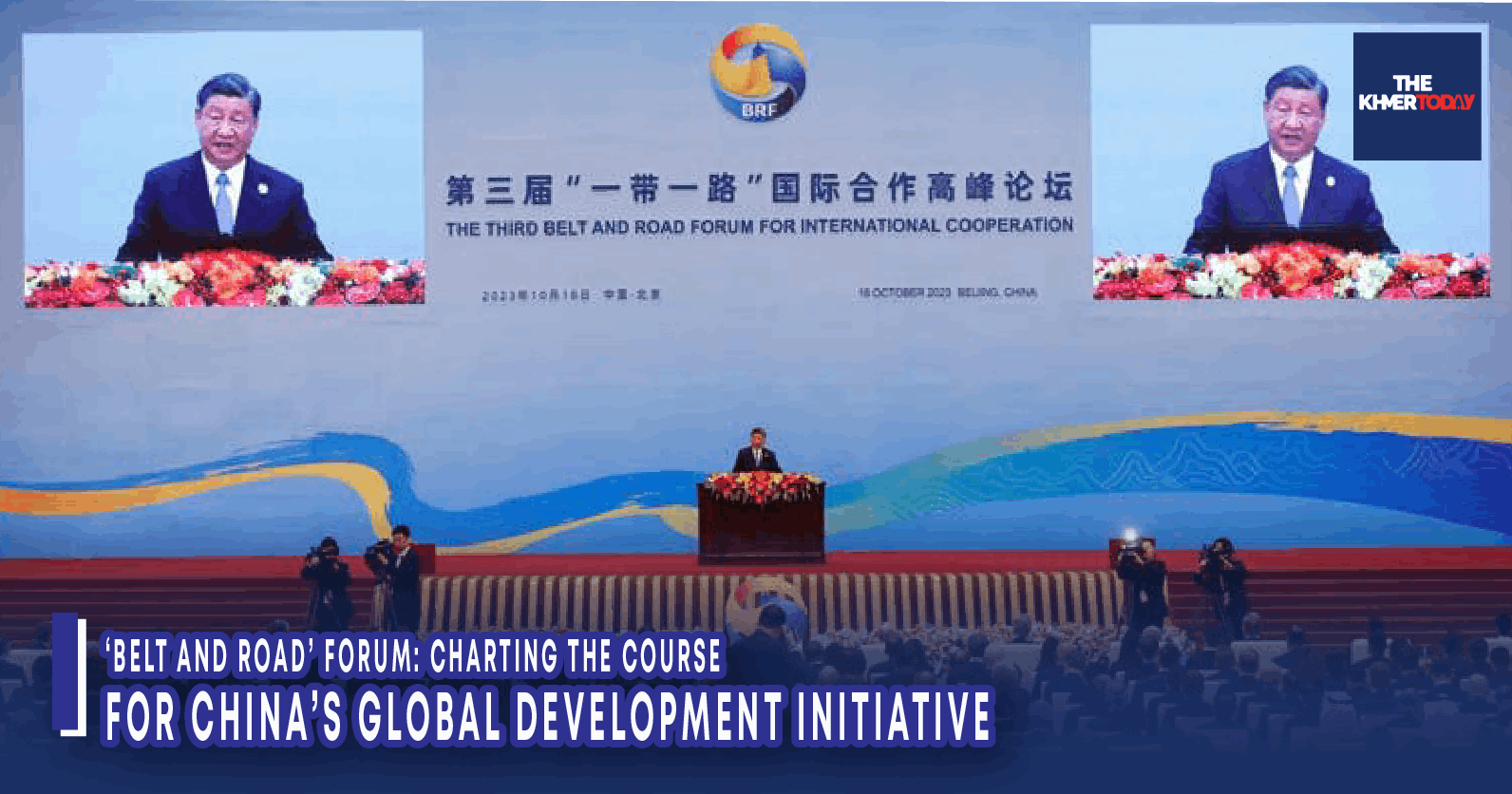‘Belt and Road’ Forum: Charting the Course for China’s Global Development Initiative

An important turning point in the course of world growth was marked by the third "Belt and Road" International Cooperation Summit Forum, which took place in the heart of Beijing. The forum demonstrated the "Belt and Road" initiative's persistent advancements over the previous ten years and reaffirmed China's commitment to promoting high-quality growth through eight measures.
The 'Belt and Road' Initiative's Development
The requirement of creativity and diversity in determining the initiative's future emerged often during the debate. The Chinese vision aspires to open up limitless possibilities for joint growth, giving various nations' modernization efforts a powerful boost. The meeting helped to forge a global consensus on the need to launch the "Belt and Road" initiative into a new era of high-quality growth.
The way ahead, meanwhile, is not without difficulties. According to reports, China may be readjusting its strategy for the Belt and Road Initiative, putting less emphasis on massive infrastructure projects and more on smaller, more significant initiatives. This shift is intended to promote low-carbon and environmentally friendly development, promote interpersonal interactions, and support financially less risky initiatives. This change in strategy is a response to the rising difficulty of financing larger infrastructure projects due to sovereign debt issues and escalating risk.
Project feasibility and financial restrictions
The Belt and Road initiatives' course is also being affected by China's budgetary limitations. China has invested more than US$1 trillion in Belt and Road projects over the past ten years since the initiative's launch. However, there has been a significant decline in investments over the past year, which reflects China's aim to get the most out of smaller projects and make expenditures that would have a greater impact.
The Main Line 1 (ML-1) railway project in Pakistan, which aims to modernize more than 1,700 kilometers of track between Karachi and Peshawar, was one of the major projects covered during the event. Concerns about its viability and finance persist despite its acceptance and signing given the decreased funding for Belt and Road projects. The IMF's agreement to give China a sovereign guarantee for the ML-1 loan remains questionable, and Pakistan's declining foreign reserves could present new difficulties.
The 'Belt and Road' Initiative's Future
The Belt and Road Initiative continues to be a key component of China's strategy for international development despite the difficulties. Its success is attested to by the more than 230 agreements with more than 150 nations and 30 international organizations. Over 140 nations and territories have turned to it as their primary trading partner, and investments worth close to $1 trillion have been made.
China's dedication to high-quality growth, with an emphasis on innovation, inclusion, and sustainable development, was reiterated at the most recent summit. China's preference for smaller, more significant initiatives is a reflection of its aim to make sure that its investments are successful and compatible with the shifting global environment. Despite difficulties and modifications, China's Belt and Road Initiative is still crucial to its aspirations to promote economic integration and development across Asia, Europe, and Africa.